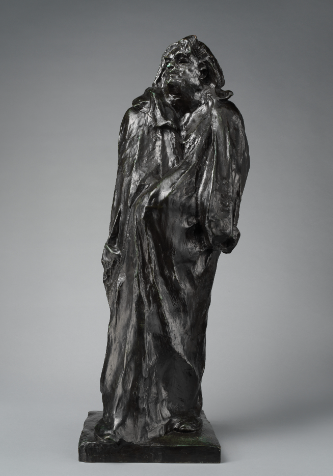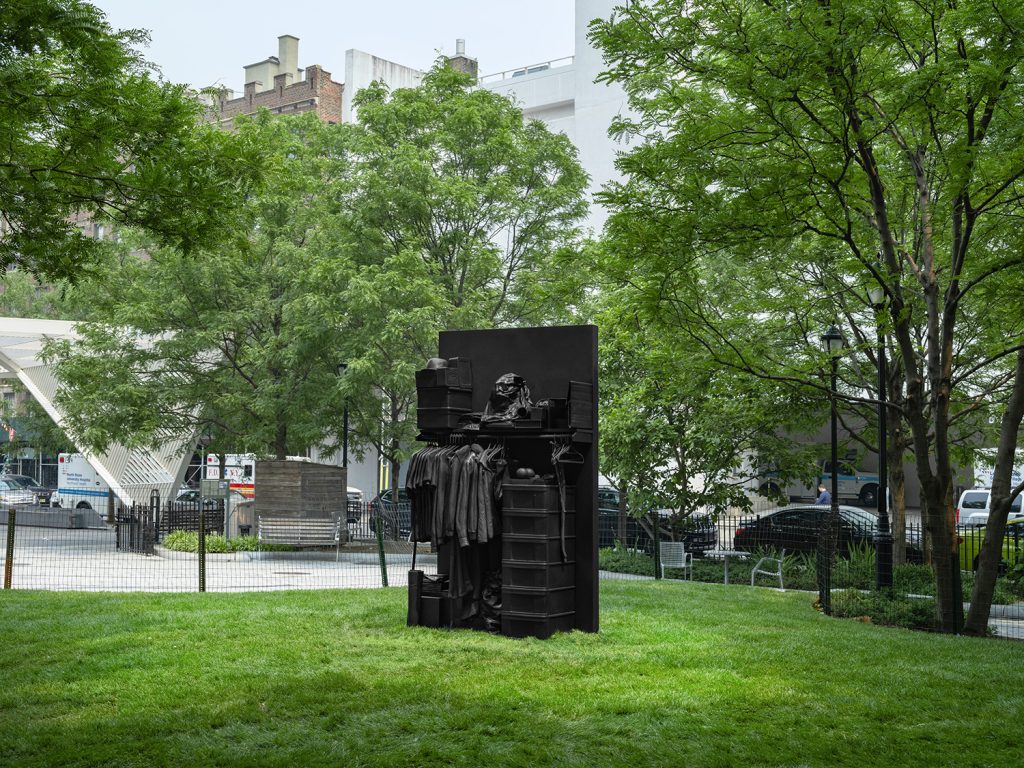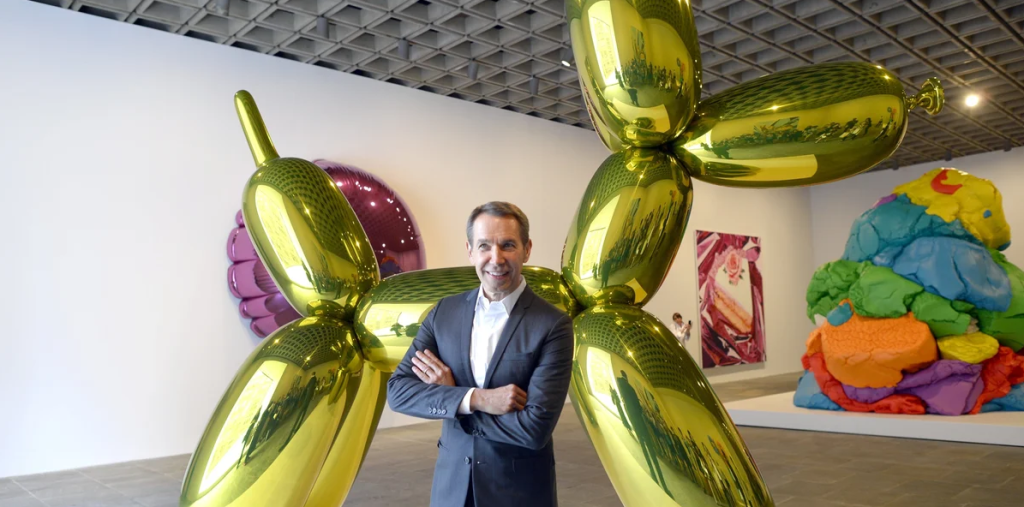A Sculptor’s Vision: Exploring Rodin’s Iconic Tribute to Balzac
Auguste Rodin, a pivotal figure in the world of sculpture, is perhaps best known for his emotional and expressive works. Among his most significant pieces is his tribute to the French novelist Honoré de Balzac, which serves not only as a homage to the novelist’s literary genius but also as a testament to Rodin’s innovative approach to sculpture. This article explores the creation and significance of this remarkable work.
The Genesis of Rodin’s Balzac
Rodin was commissioned in 1891 to create a statue of Balzac for a monument honoring the writer, whose works have left a lasting impact on literature. This project was challenging for Rodin, as he sought to capture the essence of Balzac’s character rather than just his physical likeness. The result was a monumental work that contrasts sharply with traditional depictions of authors in art. Instead of a polished, idealized figure, Rodin presented Balzac as a robust, almost hulking presence, draped in a flowing robe that suggests both the weight of his ideas and the struggles he faced throughout his life.
A Break from Tradition
Rodin’s Balzac was revolutionary for its time, as it broke away from the academic norms of sculpture. While most artists focused on aesthetic beauty and symmetry, Rodin prioritized emotional depth and physical presence. The posture of Balzac, hunched and contemplative, conveys a sense of introspection and a tormented genius. This approach sparked significant debate among critics and audiences alike, positioning Rodin as a leader in the modernist movement in sculpture. The Rodin sculptures challenged viewers to engage with the subject on a deeper level, inviting reflection on the complexities of artistic creation and the burdens that accompany greatness.
Symbolism and Artistic Intent
The statue, though criticized initially, is rich in symbolism and intent. The enveloping robe that Balzac wears can be seen as a representation of his literary cloak, shrouding him in the ideas and experiences that shaped his narratives. The rough texture of the sculpture emphasizes the notion of struggle, reflecting the tumultuous journey of an artist grappling with the weight of their own genius. Rodin effectively used contrasting surfaces to highlight the emotional turmoil of Balzac’s life, making the statue not only a tribute to the writer but also a universal commentary on the artist’s experience.
Conclusion
Rodin’s tribute to Balzac holds a special place in the world of sculpture and literature. By stepping away from traditional depictions, Rodin created a work that embodies the complexity of artistic life, making it relevant even today. For those interested in art, literature, or the interplay between the two, exploring Rodin’s Balzac is a rewarding experience. Dive deeper into the world of sculptural art and discover how it continues to inspire and provoke thought across generations.


